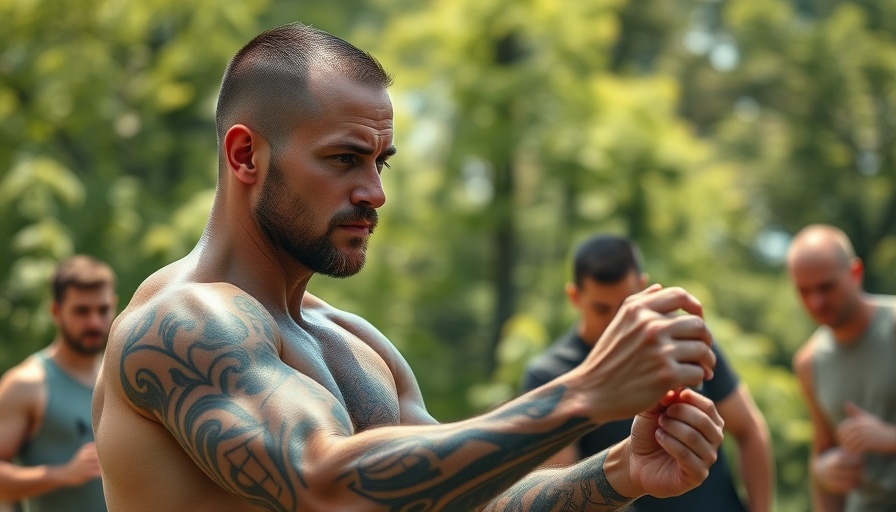
A Deep Dive into Stickball: More Than Just a Sport
For the Choctaw Nation, stickball transcends mere athletic competition; it encapsulates cultural heritage and community bonding. Often referred to as America's oldest sport, stickball, or ishtaboli, brings participants together in a fierce but deeply meaningful way. On a sultry evening in Philadelphia, Mississippi, about 50 men engage in vigorous scrimmages, embodying the phrase 'The Little Brother of War.' This moniker underscores the sport's roots as a non-lethal alternative for resolving conflicts among tribal communities.
Understanding the Game: Rules and Rituals
The nature of stickball is straightforward yet demanding. With no protective gear and no time-outs, the game mirrors the physicality found in rugby or football. Teams, typically consisting of 30 players, vie to strike a wooden post with a leather ball, while each player wields two hickory sticks, akin to lacrosse equipment. It’s a game that requires endurance and skill, making it not only a display of athletic prowess but also a channel for the spiritual connection to their cultural legacy.
Building Community Through Sport
The familial ties extend beyond the competition, with many players sharing blood relations or long-standing friendships. The atmosphere on the field is infused with camaraderie and respect, not only for each other but for the game itself. Coach Jimmie Vaughn Jr. encapsulates this sentiment perfectly when he notes, 'If we didn’t have stickball, we’d be nothing.' For many players, participating in stickball creates a sense of identity and belonging that carries over into other aspects of life, from work to family commitments.
Stickball and Its Implications for Health and Wellbeing
While the primary focus may be on competition, stickball serves as a crucial physical activity that promotes health among its players. Similar to how digital nomads might seek out opportunities to stay fit while on the road, participating in stickball allows team members to maintain physical fitness levels while engaging in a culturally enriching activity. The combination of sprinting, agility, and teamwork fosters not only physical health but mental resilience and community support.
The Future of Stickball: Preserving Cultural Heritage
As this historical game continues to evolve, the commitment of young players to uphold the traditions of their elders plays a pivotal role in securing its future. Vaughn’s efforts to teach the next generation are critical in ensuring that stickball remains alive and well, highlighting its importance as a cultural pillar.
In a world where physical activity can often be overshadowed by sedentary lifestyles, stickball emerges as a powerful reminder of the importance of community, culture, and connection. For nomads prioritizing health on the go, it underscores how staying active can also mean staying connected.
 Add Row
Add Row  Add
Add 




Write A Comment